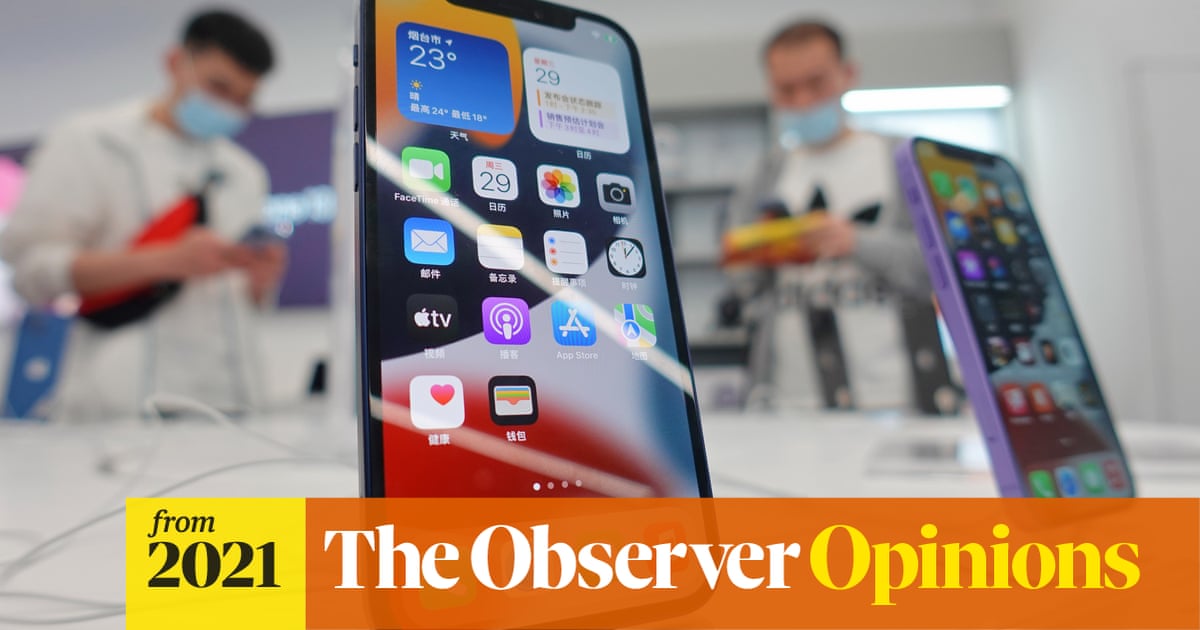Client-side scanning, as the technology is called, should really be treated like wiretapping and regulated accordingly
For centuries, cryptography was the exclusive preserve of the state. Then, in 1976, Whitfield Diffie and Martin Hellman came up with a practical method for establishing a shared secret key over an authenticated (but not confidential) communications channel without using a prior shared secret. The following year, three MIT scholars – Ron Rivest, Adi Shamir and Leonard Adleman – came up with the RSA algorithm (named after their initials) for implementing it. It was the beginning of public-key cryptography – at least in the public domain.
From the very beginning, state authorities were not amused by this development. They were even less amused when in 1991 Phil Zimmermann created Pretty Good Privacy (PGP) software for signing, encrypting and decrypting texts, emails, files and other things. PGP raised the spectre of ordinary citizens – or at any rate the more geeky of them – being able to wrap their electronic communications in an envelope that not even the most powerful state could open. In fact, the US government was so enraged by Zimmermann’s work that it defined PGP as a munition, which meant that it was a crime to export it to Warsaw Pact countries. (The cold war was still relatively hot then.)
In the four decades since then, there’s been a conflict between the desire of citizens to have communications that are unreadable by state and other agencies and the desire of those agencies to be able to read them. The aftermath of 9/11, which gave states carte blanche to snoop on everything people did online, and the explosion in online communication via the internet and (since 2007) smartphones, has intensified the conflict. During the Clinton years, US authorities tried (and failed) to ensure that all electronic devices should have a secret backdoor, while the Snowden revelations in 2013 put pressure on internet companies to offer end-to-end encryption for their users’ communications that would make them unreadable by either security services or the tech companies themselves. The result was a kind of standoff: between tech companies facilitating unreadable communications and law enforcement and security agencies unable to access evidence to which they had a legitimate entitlement.
In August, Apple opened a chink in the industry’s armour, announcing that it would be adding new features to its iOS operating system that were designed to combat child sexual exploitation and the distribution of abuse imagery. The most controversial measure scans photos on an iPhone, compares them with a database of known child sexual abuse material (CSAM) and notifies Apple if a match is found. The technology is known as client-side scanning or CSS… READ MORE… | John Naughton | The Guardian





